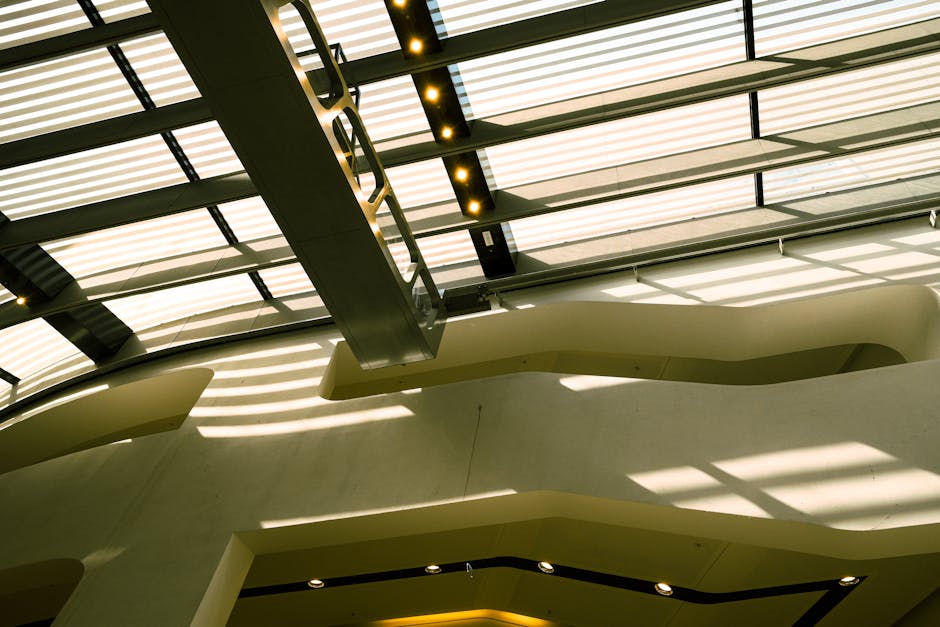Light Fixtures
Introduction
Lighting is a crucial element in any space, influencing ambiance, functionality, and even perceived size. Choosing the right light fixtures can dramatically transform a room, enhancing its style and serving its purpose. This guide explores the diverse world of light fixtures, providing insights into different types, styles, and considerations for selecting the perfect lighting solutions for your home or office.
Main Sections
Types of Light Fixtures
The world of lighting offers a wide variety of fixtures, each designed for specific purposes and aesthetic preferences. Understanding these types is key to creating a well-lit and visually appealing space.
- Chandeliers: Ornate and decorative, often used as a focal point in dining rooms or entryways.
- Pendant Lights: Hanging fixtures that provide focused light, ideal for kitchen islands or dining tables.
- Recessed Lighting: Also known as can lights, they offer a clean, minimalist look and provide ambient or task lighting.
- Track Lighting: Versatile and adjustable, perfect for highlighting artwork or illuminating specific areas.
- Wall Sconces: Mounted on walls, they provide ambient or accent lighting and save floor space.
- Flush Mount Lights: Installed directly on the ceiling, suitable for low ceilings or smaller rooms.
- Table Lamps: Portable and versatile, ideal for adding ambient light to living rooms or bedrooms.
- Floor Lamps: Provide ambient or task lighting, often used in living rooms or reading nooks.
Styles of Light Fixtures
The style of your light fixtures should complement the overall design of your space. Here’s a look at some popular styles:
- Modern: Sleek lines, minimalist design, and often made of metal or glass.
- Traditional: Classic and elegant, often featuring ornate details and warm finishes.
- Industrial: Raw and functional, with exposed hardware and a focus on materials like metal and wood.
- Rustic: Natural and earthy, often incorporating wood, stone, and wrought iron.
- Coastal: Light and airy, with a focus on natural materials and a nautical theme.
- Mid-Century Modern: Characterized by clean lines, geometric shapes, and a retro aesthetic.
Factors to Consider When Choosing Light Fixtures
Selecting the right light fixtures involves more than just aesthetics. Consider these factors for optimal lighting design:
- Room Size: Larger rooms require more light fixtures and higher wattage bulbs.
- Ceiling Height: Low ceilings may benefit from flush mount lights, while high ceilings can accommodate chandeliers or pendant lights.
- Purpose of the Room: Task lighting is essential in kitchens and offices, while ambient lighting is more suitable for living rooms and bedrooms.
- Desired Ambiance: Warm lighting creates a cozy atmosphere, while cool lighting is better for task-oriented spaces.
- Energy Efficiency: Opt for LED bulbs and fixtures to save energy and reduce your carbon footprint.
- Light Layering: Combine different types of lighting (ambient, task, and accent) to create a balanced and functional space.
- Budget: Establish a budget before you start shopping to avoid overspending.
- Installation: Consider whether you can install the fixtures yourself or if you need to hire a professional electrician.
Light Fixture Materials and Finishes
The materials and finishes of your light fixtures contribute significantly to the overall aesthetic. Consider these options:
- Metals: Chrome, brushed nickel, brass, bronze, and black are popular choices, each offering a different look and feel.
- Glass: Clear, frosted, and colored glass can create different lighting effects.
- Wood: Adds warmth and natural texture to a space.
- Fabric: Used for lampshades, providing a soft and diffused light.
- Crystals: Add sparkle and glamour to chandeliers and other decorative fixtures.
Conclusion
Choosing the right light fixtures can significantly enhance the functionality and beauty of your space. By understanding the different types, styles, and considerations outlined in this guide, you can create a well-lit and visually appealing environment that meets your specific needs and preferences. Remember to prioritize energy efficiency and consider the overall design of your space when making your selections. With careful planning, you can transform your home or office with the perfect lighting solutions.














Post Comment